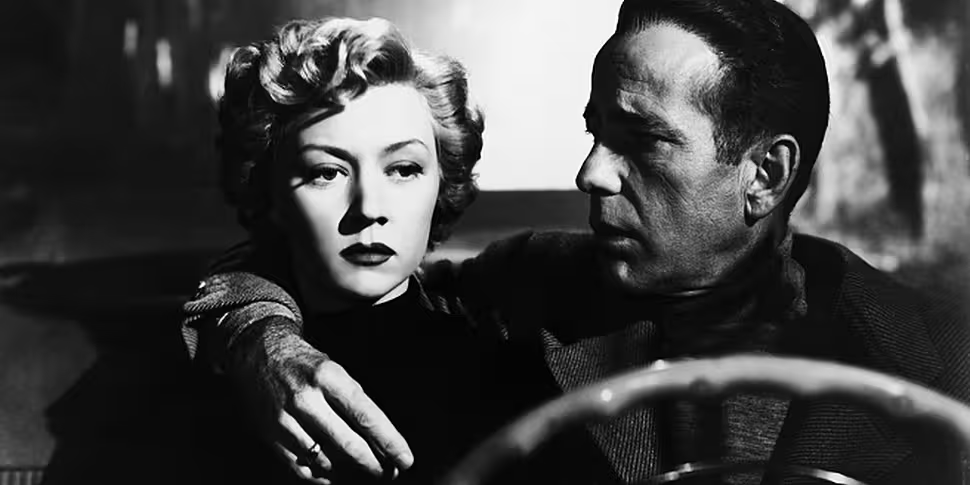In a Lonely Place (1950)
Humphrey Bogart turned fifty on Christmas day 1949. His screen status was well established by then, having featured in The Maltese Falcon, Casablanca and a series of successful pictures with his wife, Lauren Bacall.
In an effort to improve himself as an actor, and move away from the shackles of the studio system, ‘Bogey’ setup Santana Productions in the late forties. Santana’s output was distinctly average until Bogart decided to adapt a Dorothy B. Hughes novel for the screen. It was called In a Lonely Place.
The initial screenplay was written by Edmund H. North and Andrew Solt. Director Nicholas Ray was unhappy with their version though, and made considerable alterations before shooting.
The film’s main protagonist is Dixon Steele (Bogart), a struggling screenwriter. Steele is cynical, sardonically funny and prone to bouts of uncontrollable rage.
He becomes embroiled in a murder case involving a young hat-check girl. His beautiful neighbour Laurel, played by Gloria Grahame, clears him before the police. A romance ensues between them, but Steele’s erratic behaviour leaves Laurel suspicious.
Dark, mysterious and chilling, In a Lonely Place is an extraordinary film.
Bogart played a number of world-weary characters in his career, but none of them had the edge of Dixon Steele. Like Rick in Casablanca, Steele’s cynical wit practically drips off the screen, particularly during his questioning by the cops.
Unlike Rick though, Steele has no romantic past. Steele’s romanticism is to be found in his language rather than his heart. His actions are scornful and impulsive. Darkness lurks within him that is both unexplained and unresolved.
Throughout In a Lonely Place, Ray exposes the shallowness of Hollywood. Steele’s aggressive behaviour isn’t a handicap while he writes hit after hit. His loyal agent Mel, played by Art Smith, is more concerned with Steele’s declining output than a potential murder charge.
Bogart was unimpressed with the project, possibly due to the harshness of his character. His attitude surely wasn’t helped by the casting of Grahame as Laurel. Bogart wanted his wife to play the part but Warner Bros. wouldn’t release her.
It’s a good thing too because Grahame, often seen in seedier parts, gives a career best performance here.
Grahame’s excellent turn was probably inspired by her private life. She and Ray were in the process of separation at the time, and it is believed that the troubled relationship between Dixon and Laurel loosely mirrored their own.
Although critically acclaimed on its release, In a Lonely Place was a box office failure. Bogart’s performance, possibly the best of his iconic career, was too harsh for cinema goers.
It received no Oscar nominations but like many classics of film noir, its reputation has grown with age. It’s the highpoint of Grahame’s career while Ray, who went on to make Rebel Without a Cause, was never as potent.
In a Lonely Place is a powerful drama, a riveting character study and a stark indictment of Hollywood. It is also a great film.









